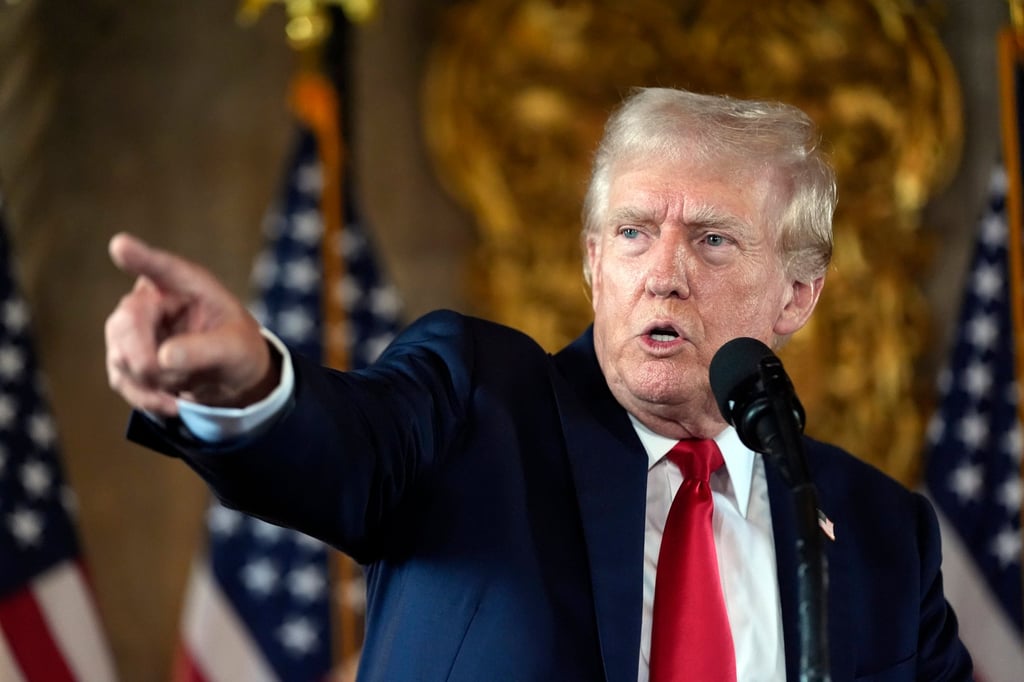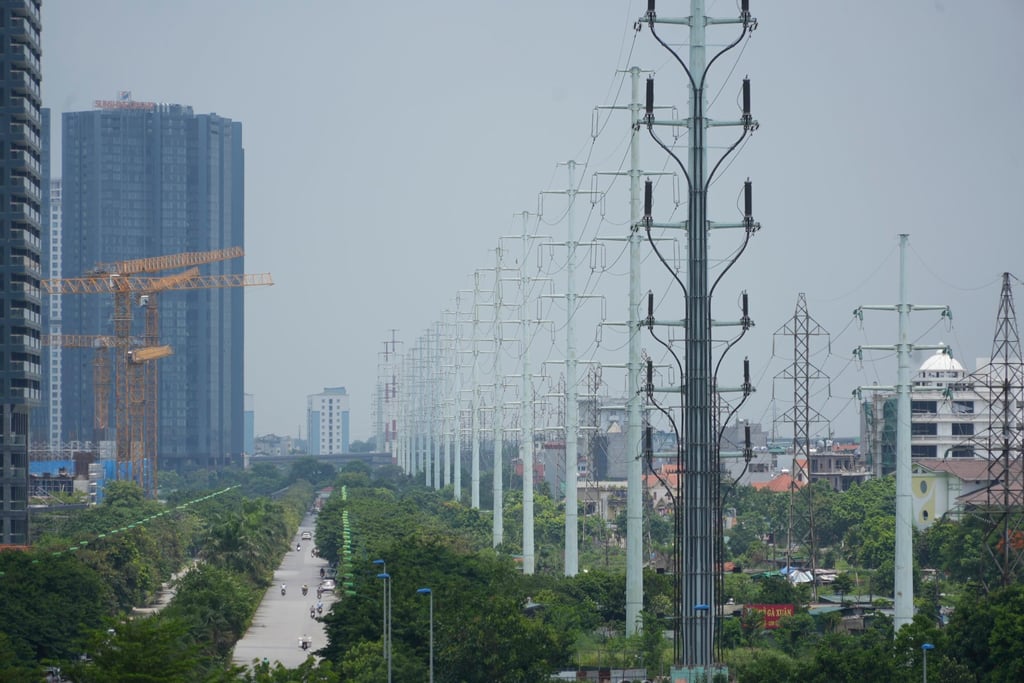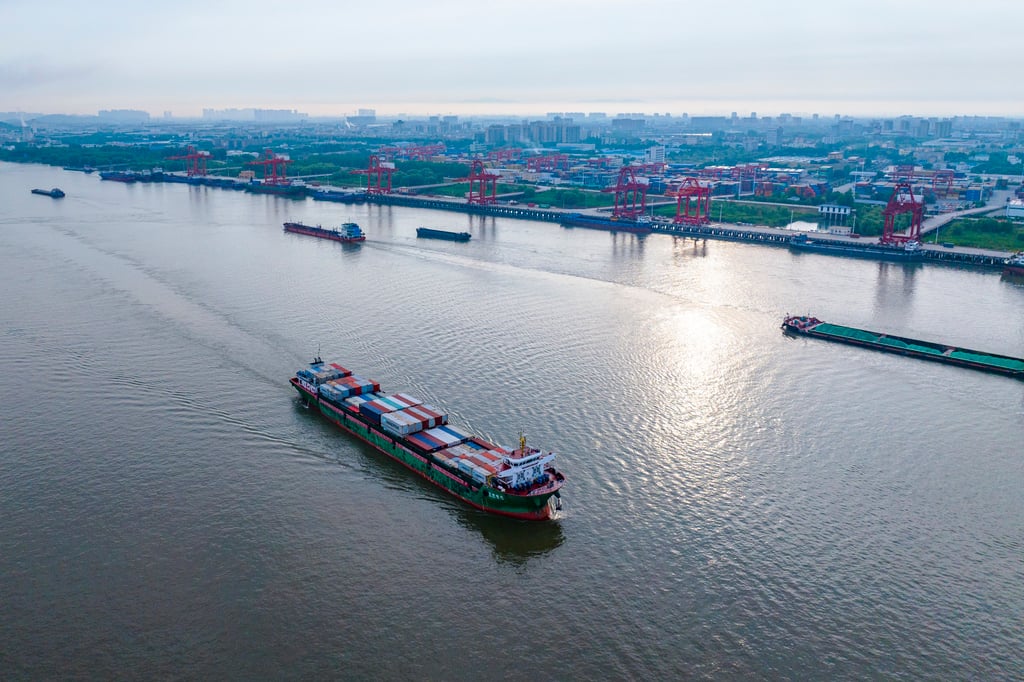
Not so for the US. Multilateral trade deals remain politically toxic stateside, making it impossible to imagine Washington trying to negotiate its way into the CPTPP regardless of who wins the White House in November.
However, after years of US policymakers warning about national-security implications over China’s share of global supply chains and cajoling by lawmakers and incentives to reshore or “friend-shore” manufacturing, American companies have integrated more closely with the bloc, undercutting the need to negotiate in, some analysts say.
“With the pressure to diversify away from China and a general interest in strengthening relationships, you have seen a deepening of these trade relationships [with CPTPP members] in reality, even though you do not have the trade deal there,” said Peter Harrell of the Carnegie Endowment for International Peace, a Washington think tank.
Harrell, a White House senior director for international economics from 2021 to 2022, made the comments last month at an event hosted by the Wilson Centre, a Washington research institute, where Nicholas Snyder, the State Department’s top official on Japan said the US was not joining and had no plans to join the CPTPP.
“Most of the growth in trade with CPTPP countries over the past five to six years has been with [United States-Mexico-Canada Agreement] partners,” Schott said. “In contrast, US trade with Japan has been flat.”
America’s imports from Japan stalled between US$120 billion and $148 billion in the five years after CPTPP entered into force for Japan.
“The stand-out exception might be Vietnam,” Schott noted. “The growth of US imports from Vietnam has been steady – and this differs from almost all the others – and robust.
“Here, one may suspect transshipments as well as Vietnamese exports from plants owned or invested in by Chinese firms.”
US goods imported from Vietnam reached US$114 billion in 2023, up more than 130 per cent from US$49 billion in 2018 before the CPTPP entered into force. US exports to Vietnam in 2023 totalled about US$9.8 billion, holding steady in recent years, with the strongest being 2022 when it was US$11.3 billion.
This translated to a US trade deficit with Vietnam of US$104.5 billion in 2023, a surge of about 165 per cent from US$39.5 billion in 2018.
However, to some extent the official US-Vietnam numbers might be masking trade with China and indicate an undermining of Washington’s overall goals.
Lucas Myers, a Southeast Asia specialist at the Wilson Centre, said while factors such as state intervention in Vietnam’s economy were in play “it is also possible that concerns about Chinese producers circumventing US tariffs may have played a role”.
Myers noted the US Commerce Department last year determined that, in an attempt to avoid paying duties, some Chinese solar companies were shipping their products through four Southeast Asian countries including Vietnam for minor processing.
“I would imagine this will continue to be an issue going forward,” he said.

US Customs and Border Protection has also identified 17 occasions when Chinese products were transshipped through Vietnam to evade duties, according to an article by Washington-based law firm Wiley Rein in May.
To find out whether Chinese companies were circumventing tariffs by transshipping or producing in other countries, detailed data would be needed to identity the origins of the main components of goods and the ownership of producers, Schott said.
Nevertheless, trade data only reflects the value of goods when leaving a port, he added, and does not offer information about how much of each good originates in a particular country.
Schott said goods in international trade often contain components from different countries that are shipped worldwide for manufacturing and assembly, making it difficult to trace each product’s origins.
“You have to really go down and look at who is trading what, where the goods are produced and whether they are produced by a domestic firm or a foreign firm that has invested in the country,” he explained.
Deborah Elms of the Hinrich Foundation in Singapore said while some amount of trade from Vietnam was found to be transshipment, the hassle, extra time and additional logistics expense for Chinese firms to transship goods through Vietnam would exceed tariffs in cost, suggesting that transshipment was not a widespread practice.
“It is not cost-free to move products out of China into Vietnam, relabel them and then ship them,” said Elms, adding that securing container space in Vietnam for goods to be shipped was more difficult than in China.
Goods are going to get to the US from China much faster than from Vietnam, she said. “Time is money. I am not convinced that at the moment the benefits of transshipping through Vietnam for most products is high enough.”

As Elms saw it, many CPTPP countries would have high trade flows regardless of the existence of trade agreements, owing to their fast-growing and trade-dependent nature. The US is also reorienting its supply chains away from China and sourcing goods elsewhere, often from CPTPP countries, driving trade flows up.
Still, the US has been missing out on CPTPP benefits, she said, including tariff-free exports of goods and services as well as the opportunity to be part of integrated supply chains.
“The numbers are already impressive, but they would be significantly more impressive if you had the CPTPP active,” Elms said. “Right now US companies and consumers are paying higher tariffs than necessary where their competitors potentially are at zero tariffs.”
Companies could also take advantage of a multilateral agreement like the CPTPP to source their inputs from multiple member countries or make products in a member state and sell them to others within the network without tariffs, she added, saying that offered a major advantage over bilateral trade deals.
Wendy Cutler of the Asia Society Policy Institute believed the US was missing out on an opportunity to narrow its trade deficit with Vietnam.
“While US imports to Vietnam have skyrocketed since the CPTPP came into effect, US exports have largely remained flat. Had the US joined the CPTPP and benefited from increased access to the Vietnamese market, it is likely that our exports would have increased as well,” she said.
“CPTPP partners are now undertaking a comprehensive review of the agreement leading to updates and adjustments without the US at the negotiating table,” she said.

